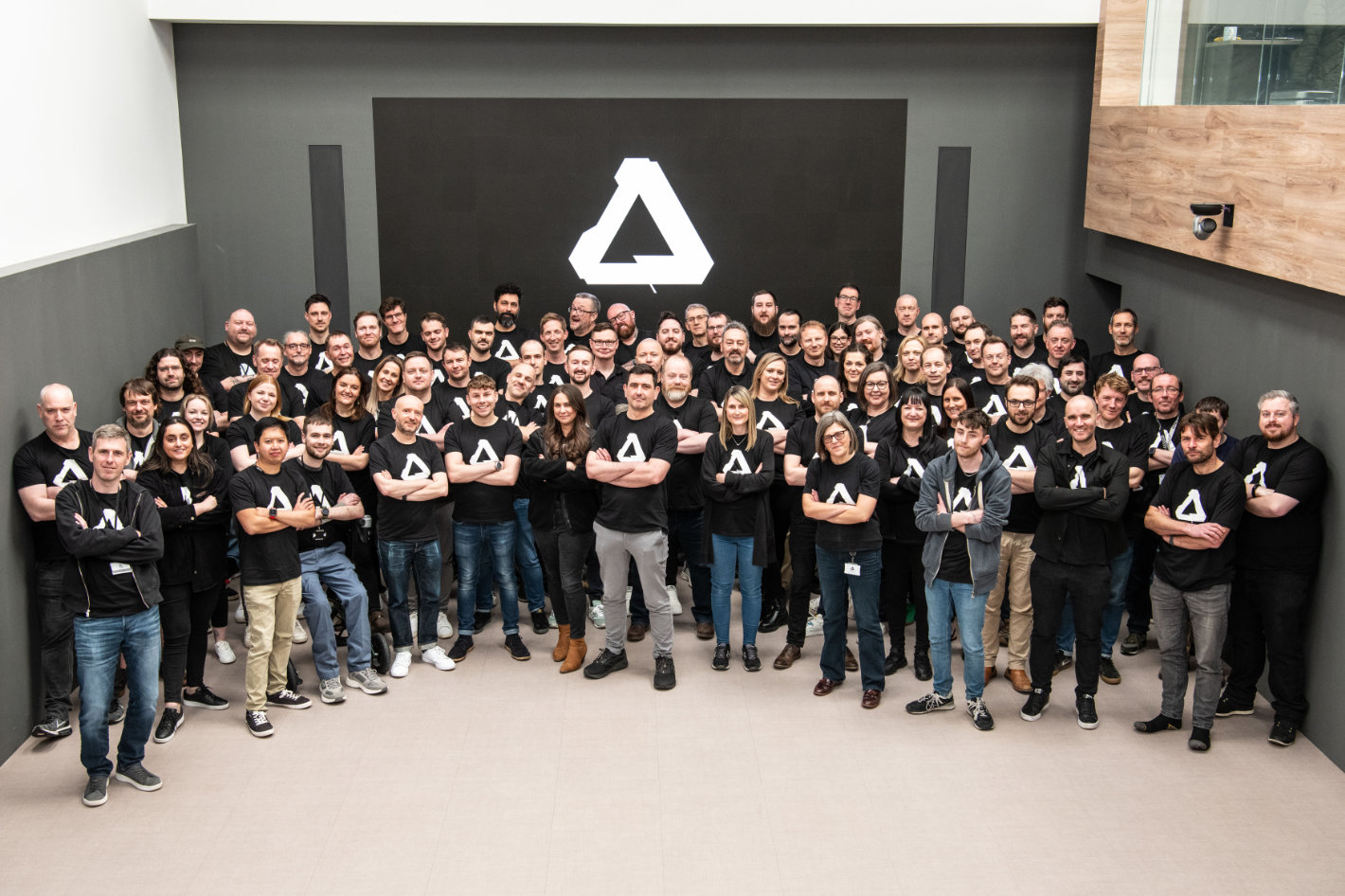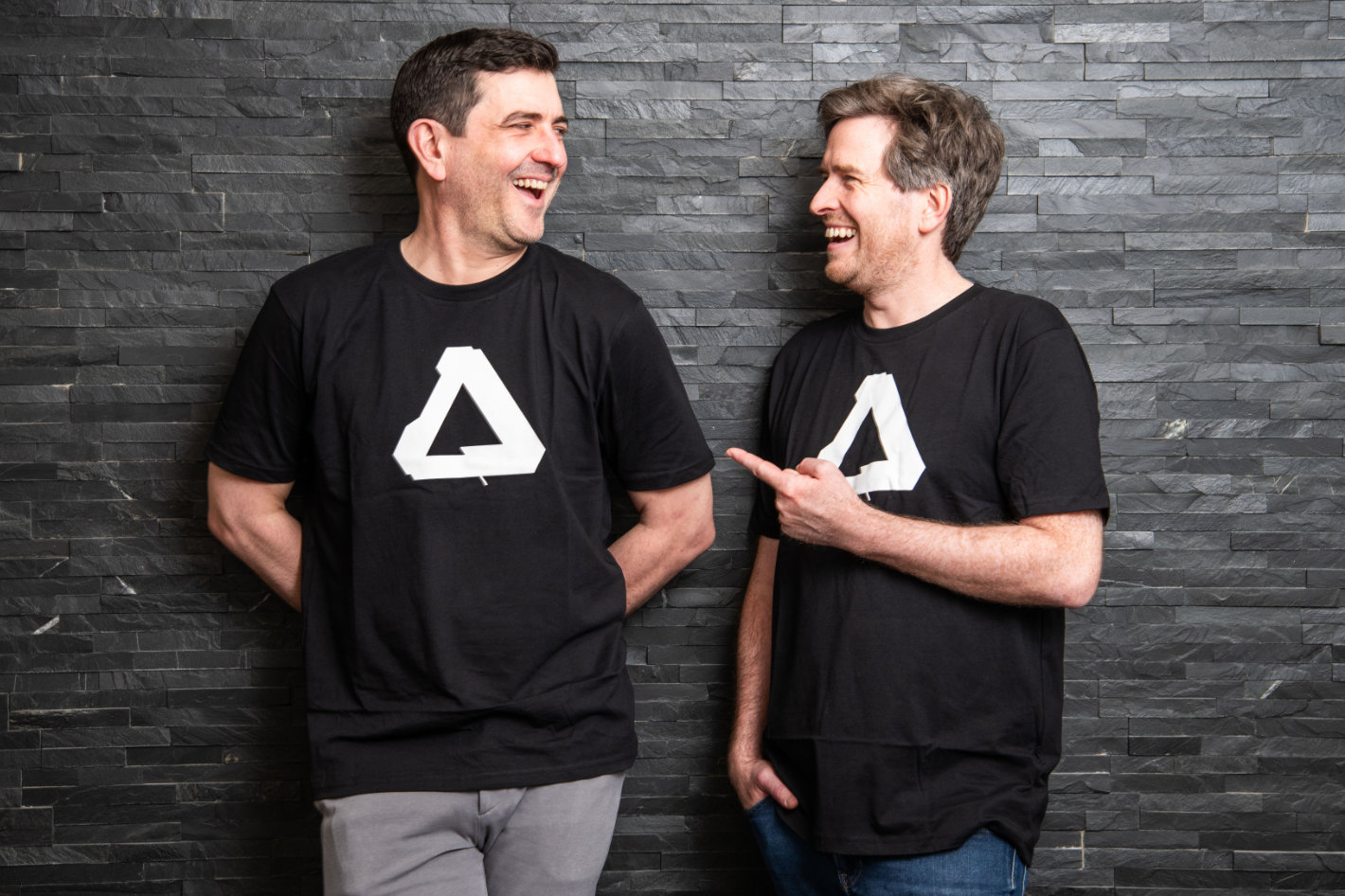
Canva has acquired Serif, the company behind the Affinity suite of professional creative software. Serif launched in 1987 and built up a reputation for quality and reliability based on an award-winning range of software for PC – low-cost alternatives to high-end publishing and graphics packages.
The focus of development then switched to a next-generation suite of lean, super-fast apps for creative professionals using Mac, Windows and iPad. Affinity Designer, the first Affinity app, was released in 2014. Affinity Photo followed in 2015 and the launch of Affinity Publisher in 2019 meant Serif boasted a full creative suite of applications covering photo editing, graphic design and desktop publishing.
Affinity Version 2, launched in November 2022, represents a complete reimagining of the Affinity suite with new features and enhancements, plus a redesigned UI, for a fluid and powerful working experience. The launch at the same time of Affinity Publisher 2 for iPad means the entire Affinity suite is integrated across Mac, PC and iPad.
Affinity products have won some of the biggest awards in the industry, gained plaudits from reviewers, and been adopted by millions of users worldwide. Now the company, that employs around 90 people at its HQ in Nottingham, UK, is part of the Canva family. They join a number of other European companies who have become part of Canva, including Flourish, Kaleido, SmartMockups, Pexels, Pixabay and SlidesCarnival.

Selling Serif was not on our minds
“The future is bright, and I am incredibly excited to continue our story together and create a world where design is within everyone’s reach” said Affinity’s CEO, Ashley Hewson, to introduce the news, adding “this is a moment of great excitement, anticipation, and profound gratitude for all of you who have been part of our story so far.”
Ashley Hewson says that “selling Serif was not on our minds at all, but when Canva contacted us (only a couple of months ago!) there was something about it which just felt right. Product-wise it is a great fit as Canva do not have professional design tools as part of their offering, and we do not have any cloud or collaboration as part of ours. But more than that, our overall philosophies align so well and Canva’s culture (despite being a much larger company than us) is very similar.”
We know that those of you who’ve put your faith in Affinity, some since we launched our very first Mac app, will have questions about what this means for the future of our products. Since the inception of Affinity, and the company’s very first Mac app, its mission “has been to empower creatives with tools that unleash their full potential, fostering a community where innovation and artistry flourish. We’ve worked tirelessly to challenge the status quo, delivering professional-grade creative software that is both accessible and affordable.”
“Nothing of that changes today”, says Hewson, adding that “in Canva, we’ve found a kindred spirit who can help us take Affinity to new levels. Their extra resources will mean we can deliver much more, much faster. Beyond that, we can forge new horizons for Affinity products, opening up a world of possibilities which previously would never have been achievable.”
One question many users will ask is how Canva’s business model, which is based in subscription, coexist with Affinity’s no-subscription model. Hewson says that “there are no changes to our current pricing model planned at this time, with all our apps still available as a one-off purchase. Existing Affinity users will be able to continue to use your apps in perpetuity as they were originally purchased – with plenty of free updates to V2 still to look forward to!”
Affinity’s CEO says that “Canva’s revolutionary approach to design democratisation and commitment to empowering everyone to create aligns perfectly with our core values and vision. This union is a testament to what can be achieved when two companies that share a common goal of making design accessible and enjoyable for everyone come together.”


